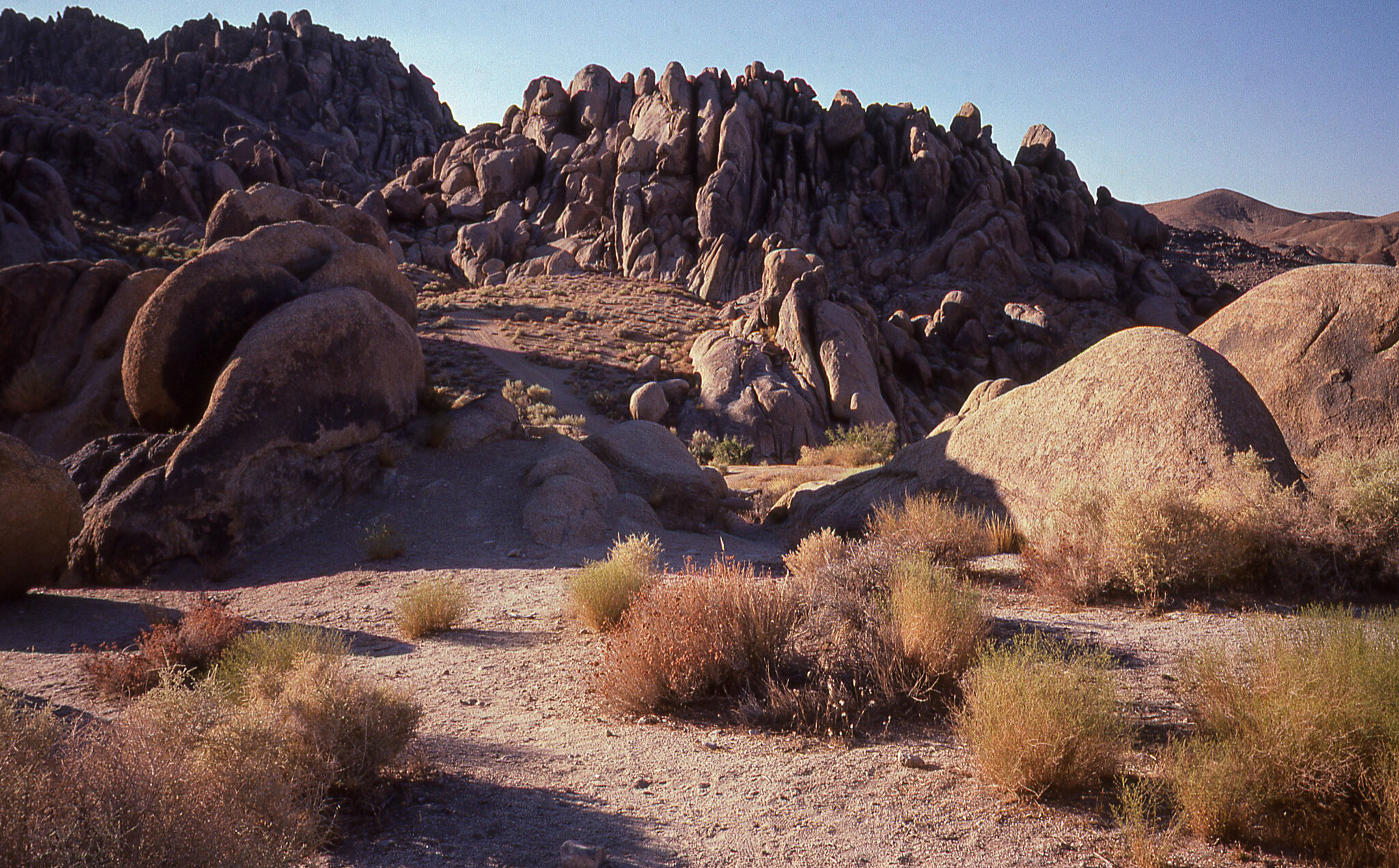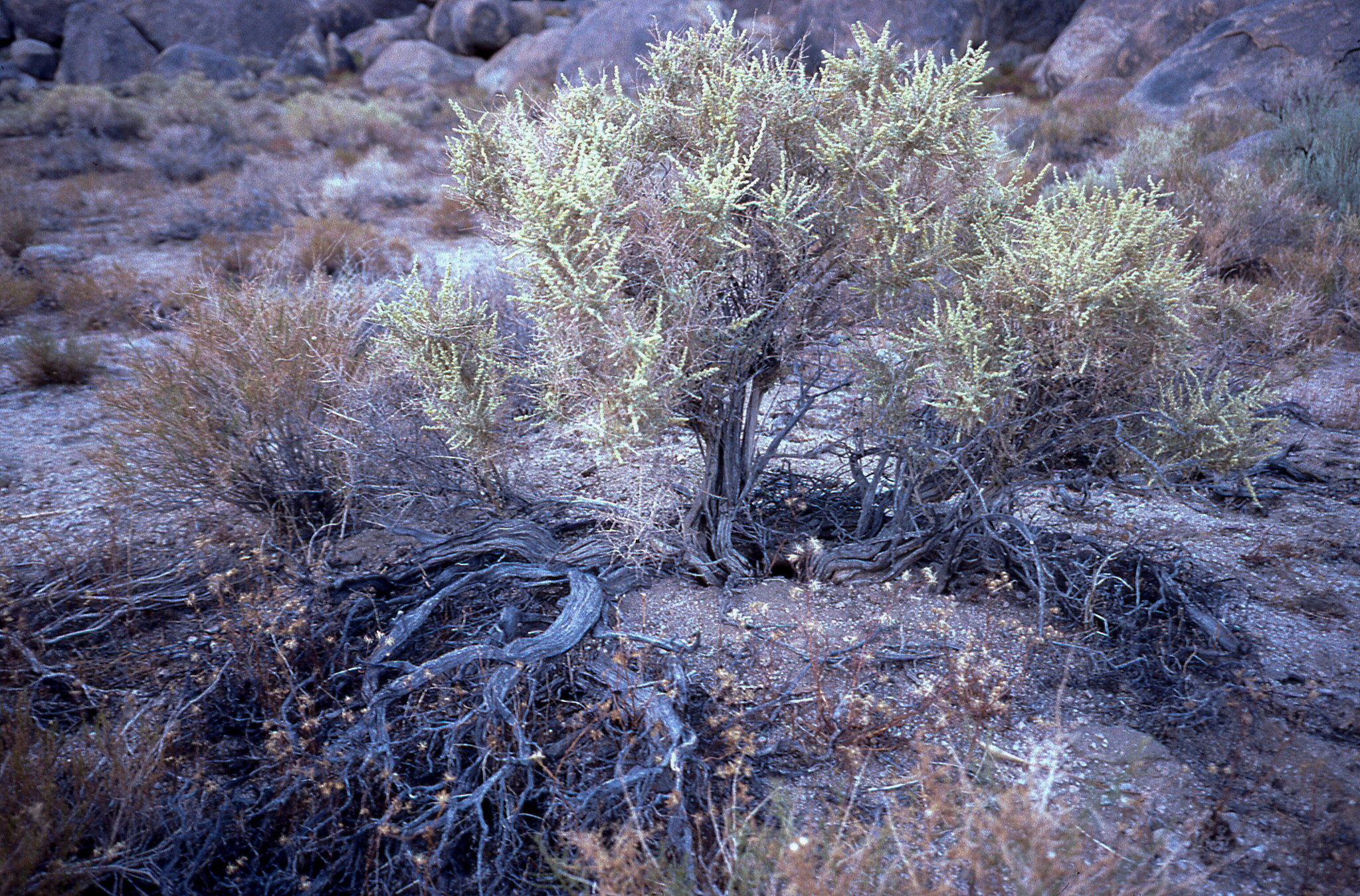Yep some excellent examples here. Larry your images look great!
I never had the chance to shoot this film unfortunately since in film days I mostly developed/printed at home.
Trying to replicate it now with digital but I see great variation in the colors in this thread. Is this because of the state of the film (expired?), the development process or am I missing something?
Thank you.
Between my father’s Kodachrome slides which was something he started using in 1945 after the War (though he may have been using it pre-1940 and those are lost) and used up until the early 90’s, and my own, which stretched from the mid-Sixties up until the end, there have been many slides to scan. Not all of them good photographically for one reason or another. Nor were they all stored well, many of my father’s early ones were stored in boxes in a garage in South Texas for decades. The published color stability data for color emulsions are based on storage in the dark in cool or cold temperatures. Kodachrome was significantly better than anything else for longevity, no matter how it was stored, which remained true up until the late 90’s with the introduction of Ektachrome E100vs and E100G which were much better than any Ektachrome emulsion made prior to that, in that regard.
http://www.wilhelm-research.com/pdf/HW_Book_18_of_20_HiRes_v1c.pdf
So, up until the late 1990’s, stored Kodachromes are going to be in much better shape than anything done on any other transparency film, all other things being equal. Which they sometimes aren’t. Though I have 60+ year old Kodachrome slides which still look pretty good, stored in the same box with Ektachrome or Agfachrome slides that are, and have been for some time, completely unusable, even Kodachrome will have undergone some color shifts over time in some conditions.
Which would explain some of the color variation seen in Kodachrome threads across the internet. There is also going to be variation between original Kodachrome ASA10, Kodachrome II, K25 vs K64, and the earlier process vs. the much nicer K14 process introduced in 1974.
From my own experience, I am completely convinced that the Kodachromes processed by Kodak at one of their own facilities have held up better, and were better to begin with, than Kodachromes processed at some/all/one of the independent labs to which Kodak had licensed the process. My evidence for this is zero, just my belief based on the slides that I have. Quality control issues at independents? I don’t know. Might be my fevered imagination.
Then, there’s the issue of scanning vs. DSLR duplicating (it’s duplicating, it’s not scanning, but whatever).
The wikipedia entry for Kodachrome contains this bit: “ Scanning Kodachrome transparencies can be problematic because of the film's tendency to scan with a blue color cast.[31] Some software producers deliver special Kodachrome color profiles with their software to avoid this. An IT8 calibration with a special Kodachrome calibration target is necessary for accurate color reproduction.[39]”
Personally, I have found this to be true. It doesn’t matter if your scanning software has a “Kodachrome” setting, the scans still won’t look like Kodachrome, they’ll look a lot like Ektachrome, unless the scanner has been calibrated with an IT8 calibration target, which is a carefully produced Kodachrome slide, K14 process, of a color chart. Of which production has been impossible since K14 processing disappeared. If you have one, use it, and keep it in cold storage. If you don’t have one, they’ve become quite spendy, if you can even find one to buy. All I can say is that calibrating the scanner with the Kodachrome IT8 target made a significant difference in being able to scan Kodachrome slides to create files that actually looked like the Kodachrome slide. Otherwise, yes, there’s going to be a color cast. It’s always possible to spend an inordinate amount of time on such a scan in Photoshop, adjusting color channels to try to correct the scan, and you can probably get pretty close, but it’s not fun.
So, that’s another reason that pictures in Kodachrome threads on the internet don’t always look the same. Don’t, in fact, always look like Kodachrome.
Because of the scanning issues, there is always the option of just duplicating the slide with a digital camera, which would circumvent some of those scanning issues. But, then there’s the color balance created by the inherent processing baked into the RAW file on the camera selected. Fuji colors, Sony colors, Nikon colors, Leica colors? No matter what the starting point of the file from a given digital camera, there are then, on top of that, processing decisions made by the post processing software used in the RAW conversion. Every method of obtaining a digital file of a Kodachrome slide is going to be a few generations away from the colors in the actual slide. Such is life.
The last photo I posted, of the girl on a hike, is the closest I can get to what Kodachrome looks like, or looked like, RIP. It was scanned on a Kodachrome calibrated Nikon 9000 scanner using Silverfast Ai Suite scanning and processing software. I can’t get the same result, as easily, doing a camera duplication.
Lots of reasons why pictures in Kodachrome pictures in threads look different by the time they make it to the web, even the browser.
If someone wants to know how Kodachrome “looked”, and why people liked it, or didn’t like it, for that matter, the only telling way to do that is with a projector or a light table. Then you’d be a Luddite, like me. Come on over to the dark side, we have cookies.



 Alabama Hills by Steve Macfarlane, on Flickr
Alabama Hills by Steve Macfarlane, on Flickr Signage by Steve Macfarlane, on Flickr
Signage by Steve Macfarlane, on Flickr Lone Pine, August 2010 by Steve Macfarlane, on Flickr
Lone Pine, August 2010 by Steve Macfarlane, on Flickr Hwy 395 by Steve Macfarlane, on Flickr
Hwy 395 by Steve Macfarlane, on Flickr Silver sage by Steve Macfarlane, on Flickr
Silver sage by Steve Macfarlane, on Flickr Sagebrush and Sierra, August 2010 by Steve Macfarlane, on Flickr
Sagebrush and Sierra, August 2010 by Steve Macfarlane, on Flickr
